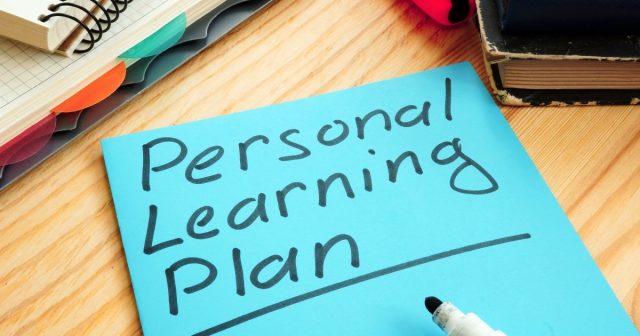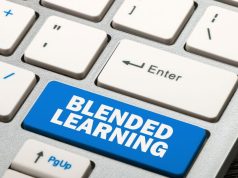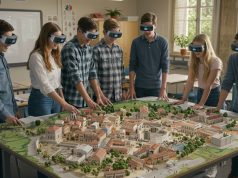In today’s diverse educational landscape, the one-size-fits-all approach to teaching is no longer sufficient. Students arrive with varying backgrounds, skills, interests, and goals. Personalized learning addresses these differences by tailoring instruction to individual needs. By harnessing data, technology, and proven pedagogical strategies, educators can create dynamic learning environments where every student thrives.
This guide explores the core principles, benefits, strategies, and tools needed to implement personalized learning effectively.
Understanding Personalized Learning
Personalized learning is a student-centered approach that adapts content, pace, and learning pathways to each learner’s strengths and preferences. Unlike differentiated instruction, which primarily adjusts activities within a common lesson, personalized learning integrates data-driven insights to shape the entire learning journey. Key components include learner profiling, goal setting, adaptive feedback, and flexible pacing. When done right, it empowers students to take ownership of their education, fosters intrinsic motivation, and prepares them for lifelong learning.
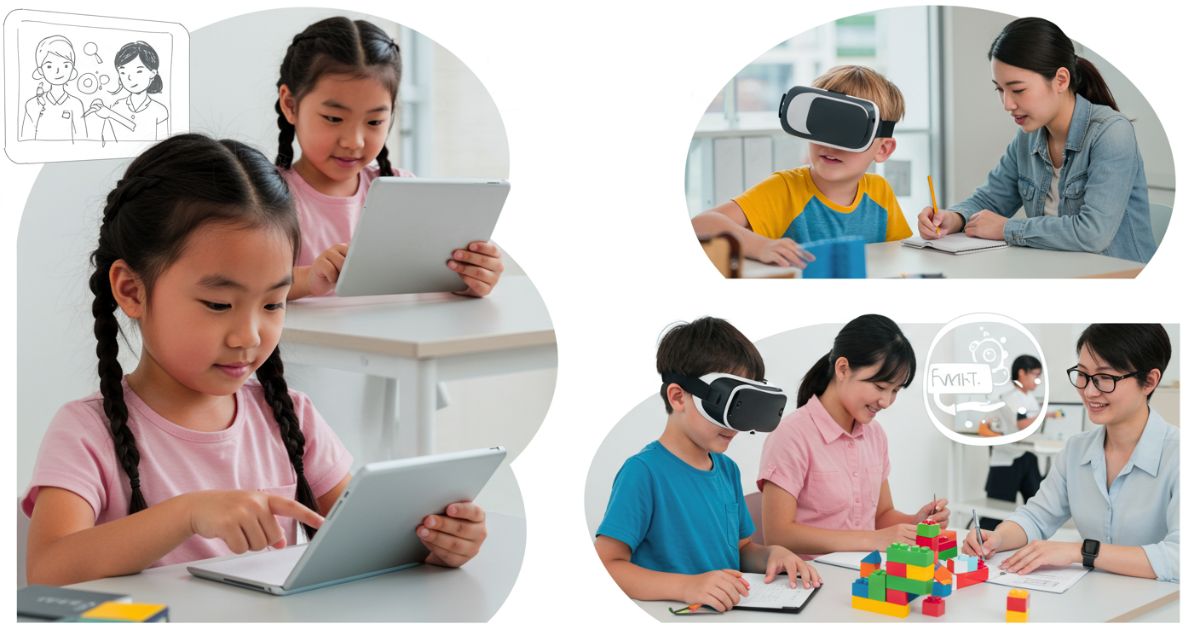
Benefits of Personalized Learning
- Increased Engagement: Lessons tailored to interests and skill levels capture students’ attention and deepen focus.
- Improved Outcomes: Data-driven pathways ensure mastery before progressing, reducing learning gaps and boosting achievement.
- Enhanced Autonomy: Students set goals and monitor their own progress, developing self-regulation and ownership of their learning.
- Teacher Efficiency: Automated assessments and analytics free educators to concentrate on high-impact interventions.
- Equity & Inclusion: Adaptive resources address diverse learning needs, supporting students with special needs or language barriers.
Key Strategies for Effective Personalization
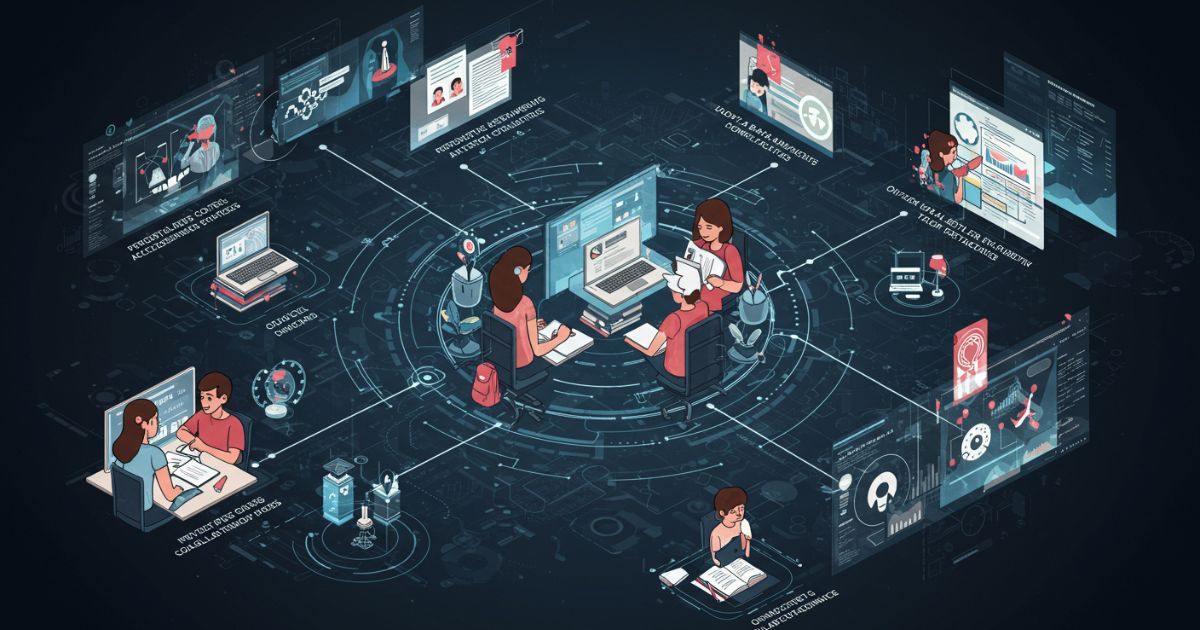
1. Learner Profiling
Gather academic, social-emotional, and interest data to create a comprehensive profile for each student. Utilize surveys, assessments, and one-on-one conferences to gain insight into learning preferences, strengths, and areas for improvement.
2. Goal Setting
Collaboratively establish short-term and long-term learning goals aligned with curriculum standards and personal aspirations. Document targets for academic skills, project milestones, and social-emotional development.
3. Adaptive Technology Integration
Leverage AI-powered platforms that adjust content in real time based on performance. Tools like adaptive quizzes, interactive simulations, and personalized video lessons help maintain the optimal challenge level.
4. Differentiated Instruction
Design multiple pathways for content delivery, including scaffolding, tiered activities, and choice boards, to accommodate diverse learning styles and needs. Offer a variety of formats—text, audio, visual, and hands-on projects—to accommodate diverse learning styles.
5. Formative Assessment
Conduct frequent, low-stakes assessments to monitor progress and inform instruction. Use quizzes, exit tickets, peer reviews, and self-assessments to gather actionable insights.
6. Collaborative Learning
Incorporate group activities that allow students to teach and learn from their peers. Structured pairings based on complementary skills foster accountability and deepen understanding.
Tools and Technologies Enabling Personalized Learning
- Learning Management Systems (LMS): Platforms like Canvas, Moodle, and Schoology centralize content, analytics, and communication.
- Adaptive Learning Software: Solutions such as Khan Academy, DreamBox, and Smart Sparrow tailor exercises to individual pace and accuracy.
- AI-Powered Tutors: Virtual assistants provide instant feedback, hints, and remediation based on student performance patterns.
- Data Analytics Dashboards: Visualize student progress, engagement metrics, and risk indicators to guide intervention planning.
- Gamification Platforms: Tools like Classcraft and Quizizz boost motivation through badges, leaderboards, and challenges.
Implementing Personalized Learning: A Step-by-Step Guide
Step 1: Assess Current Practices
Conduct a needs analysis of existing curricula, teaching methods, and technology infrastructure. Identify gaps in differentiation, data collection, and student engagement.
Step 2: Define Goals & Metrics
Set clear, measurable objectives for academic progress, engagement rates, and teacher adoption. Identify key performance indicators (KPIs) to track the success of implementation.
Step 3: Choose the Right Tools
Evaluate platforms based on alignment with instructional goals, ease of use, data security, and integration capabilities. Pilot selected tools with a small cohort before full rollout.
Step 4: Train Educators
Provide ongoing professional development on data-driven instruction, technology utilization, and differentiated teaching strategies. Encourage collaboration through learning communities.
Step 5: Launch a Pilot Program
Implement personalized learning in a limited setting—one grade level or subject area. Collect feedback from students, teachers, and parents to refine processes.
Step 6: Scale & Monitor
Expand the initiative school-wide based on pilot insights. Continuously monitor data dashboards, conduct quarterly reviews, and adjust strategies to sustain growth.
Overcoming Common Challenges
While personalized learning offers transformative potential, schools may face obstacles, including limited resources, resistance to change, and technology gaps. Mitigate these by securing leadership buy-in, allocating budget for professional development, and ensuring reliable infrastructure. Foster a culture of experimentation where failures become learning opportunities, and celebrate early successes to build momentum.
Future Trends in Personalized Learning
Emerging innovations like augmented reality (AR), virtual reality (VR), and advanced learning analytics will further enhance personalization. Predictive algorithms may anticipate learning bottlenecks before they occur, while micro-credentialing systems validate mastery of niche skills. As artificial intelligence matures, truly individualized learning companions could become the norm.
Conclusion
Personalized learning represents a paradigm shift in education—one that recognizes and nurtures each student’s unique potential. By combining data-driven insights, adaptive technology, and learner-centered pedagogy, educators can cultivate deeper engagement, higher achievement, and strong lifelong learning habits. Using tools like digital learning platforms, interactive lessons, and adaptive assessments helps students retain knowledge, track progress, and stay motivated. Begin your personalized learning journey today by assessing current practices, setting clear goals, and embracing the strategies and resources outlined in this guide. Together, we can create learning environments where every student thrives and succeeds.

